PLOS ONE 10 Year Anniversary: Staff Editors’ Favorites
In the first of the PLOS ONE 10th Anniversary Collections, the Staff Editors of the journal have each chosen their favorite PLOS ONE article from the 10 year archive. In this accompanying EveryONE blog, the editors have also given insight into why they chose their selected article. Their picks showcase the breadth of varied research as chosen by the editors who know the journal best.
Joerg Heber, Editor in Chief
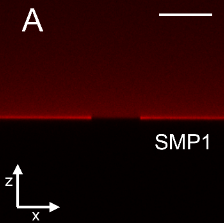
The Effect of Surface Nanometre-Scale Morphology on Protein Adsorption
This study quantifies how nano-scale morphologies on surfaces can have significant effects on protein adsorption. I selected this paper as it nicely plays to the strengths of PLOS ONE‘s broad scope, in this case straddling the interface of nanoscience, physics and biology.
Iratxe Puebla, Managing Editor

Prospective Genomic Characterization of the German Enterohemorrhagic Escherichia coli O104:H4 Outbreak by Rapid Next Generation Sequencing Technology
The article reports the genome sequencing of the E. coli isolate at the source of an outbreak in Germany in 2011, research into the outbreak was still ongoing so this helped inform progress in a situation of a public health outbreak, we were contacted about the paper prior to submission and fast tracked it so it was live in less than 2 weeks.
Meg Byrne, Senior Editor

The Influence of Partner-Specific Memory Associations on Picture Naming: A Failure to Replicate Horton (2007)
This paper was highlighted in the PLOS ONE collection “The Missing Pieces: A Collection of Negative, Null and Inconclusive Results.“ The authors could not replicate their previous results, and published a paper refuting their previously published findings.
Christna Chap, Senior Editor
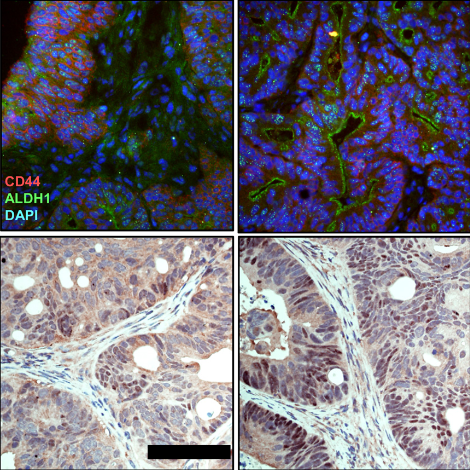
Colorectal Cancer Stem Cells Are Enriched in Xenogeneic Tumors Following Chemotherapy
This article was one of the first ones to provide experimental evidence for the cancer stem cell hypothesis by showing a cancer stem cell-specific mechanism of resistance to standard chemotherapy.
Michelle Dohm, Senior Editor

Water Filtration Using Plant Xylem
The authors of this study took advantage of wood’s ability to undergo pressure-driven water filtration and made a potential point-of-use device that is both inexpensive and biodegradable. This small filter made of freshly cut plant xylem from the sapwood of coniferous trees can filter out 99.9% of bacteria from several liters of water – at the nanoscale – enough clean drinking water for one person for a day.
Eric Martens, Senior Editor
Sliding Rocks on Racetrack Playa, Death Valley National Park: First Observation of Rocks in Motion
The movement of large rocks along the surface of Racetrack Playa, Death Valley has been a source of mystery for decades. This study employed GPS and time-lapse video to show that the movement happened in the presence of thin “windowpane” ice, which occurs under specific conditions of temperature and wind.
Gina Alvino, Associate Editor
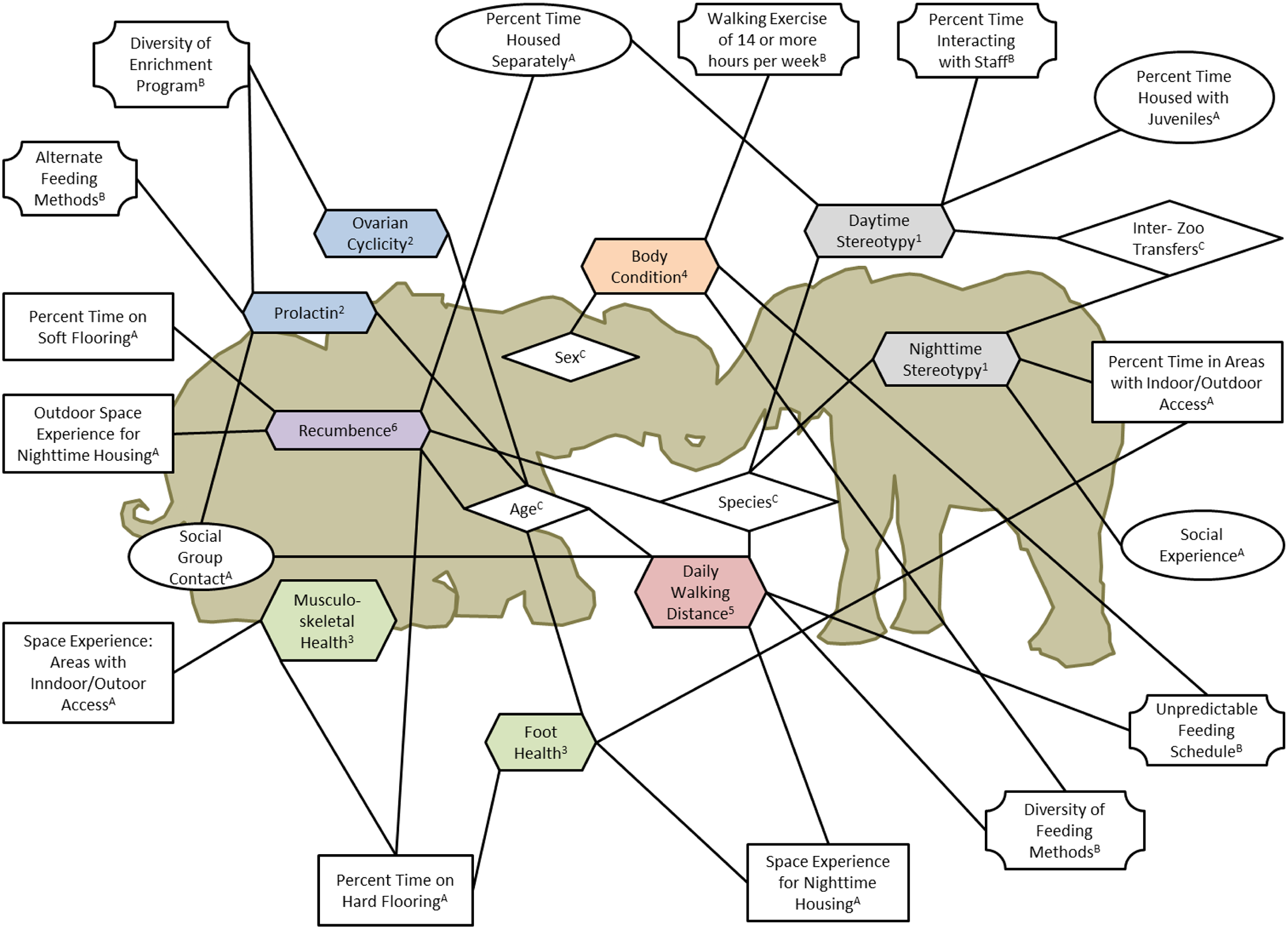
Determining Connections between the Daily Lives of Zoo Elephants and Their Welfare: An Epidemiological Approach
This overview provides a summary of the findings of the 9 research articles featured in the PLOS Collection titled “Epidemiological Investigations of North American Zoo Elephant Welfare“, the largest prospective zoo-based animal welfare study to date which focuses “on the life history, social, housing, and management factors found to be associated with particular aspects of elephant welfare, including the performance of abnormal behavior, foot and joint problems, recumbence, walking rates, and reproductive health issues.” I particularly enjoy this overview as it discusses the field of animal welfare science, how it has evolved to include such environments as zoos, and why the authors chose to focus on elephants for this large-scale epidemiological assessment. This paper is excellent for students, seasoned researchers in the fields of animal welfare science/animal behavior and a lay audience alike as it is written in a straightforward manner and succinctly provides the results of the 9 research articles that the Collection comprises.
Eileen Clancy, Associate Editor
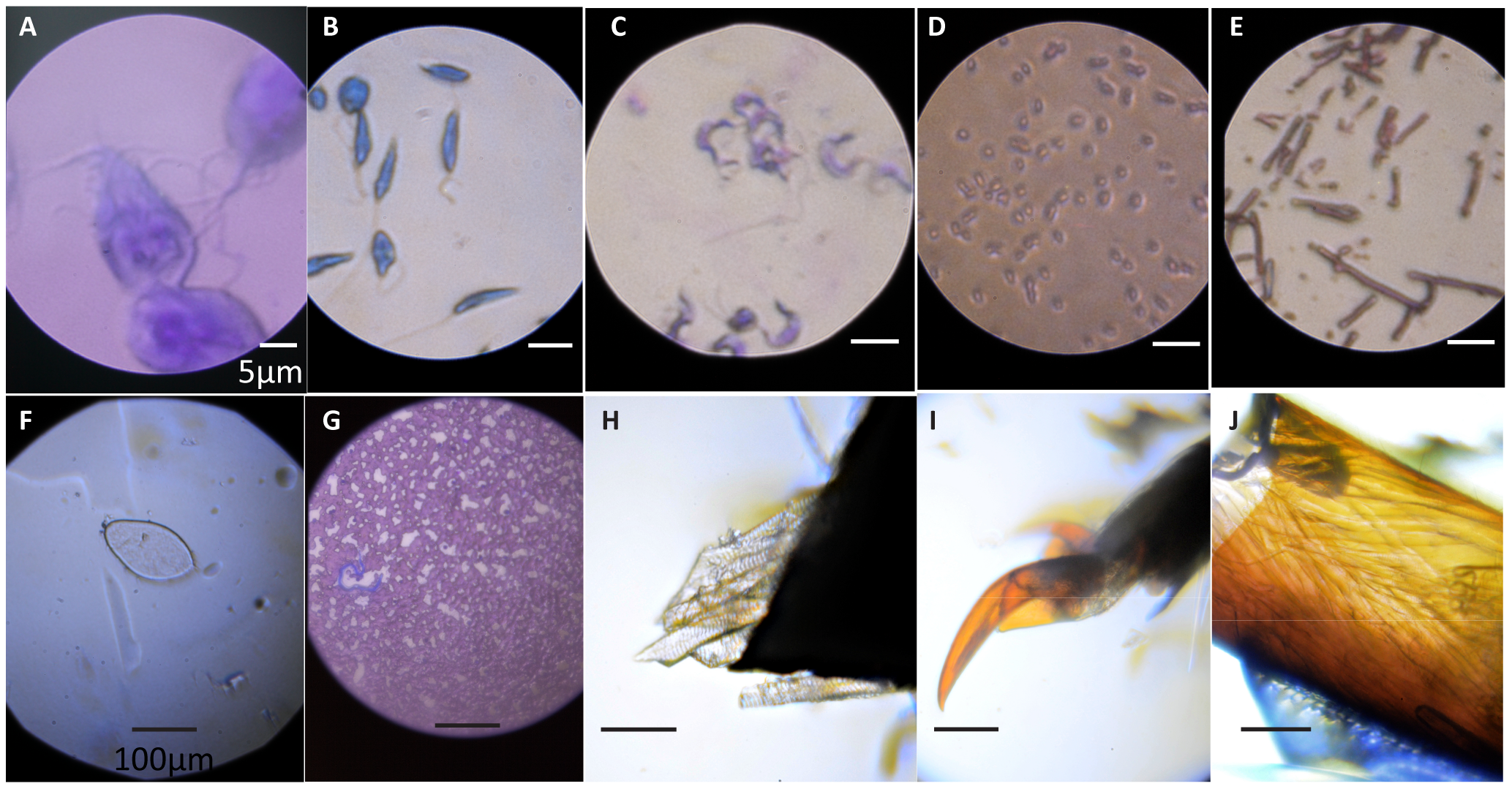
Foldscope: Origami-Based Paper Microscope
I picked this paper because I think the potential of the Foldscope is really exciting. It can be shipped and stored flat and costs less than $1 to make, making it a great option for students, educators, and field scientists throughout the world, particularly in resource deficient areas.
Alejandra Clark, Associate Editor
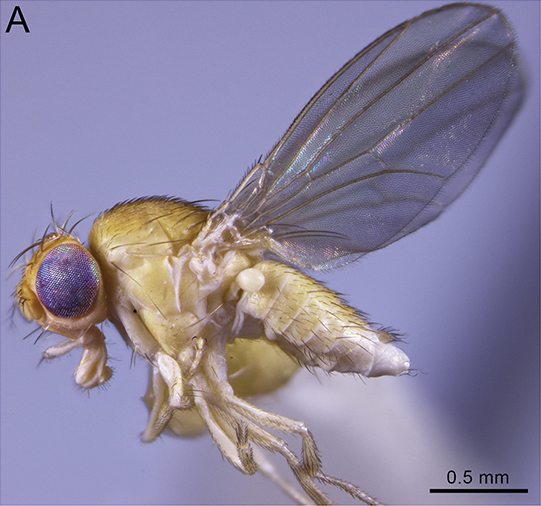
Strange Little Flies in the Big City: Exotic Flower-Breeding Drosophilidae (Diptera) in Urban Los Angeles
This is an interesting study showing how intensive field sampling can reveal remarkable insect biodiversity even in the most urbanized areas. Field sampling reveals the presence of two unexpected species of Drosophilids in urban LA, which unlike most introduced Drosophilids that feed on rotten fruits, are specialized flower-breeders. Two species identified: Most abundant in the sampling: Drosophila (Drosophila) gentica Wheeler and Takada, previously collected only once, in El Salvador; Most rare in the sampling: Drosophila (Sophophora) flavohirta Malloch, a common species in Australia – this is the first report of a New World species of Drosophila in urban Los Angeles. This paper shows how similar efforts may be implemented in other big cities to understand the process of biodiversification in urbanized regions.
Tessa de Roo, Associate Editor
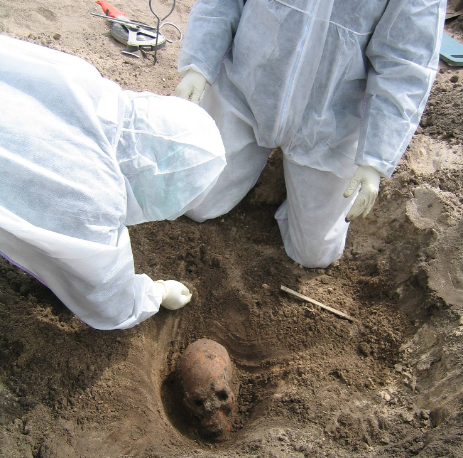
Evidence of Authentic DNA from Danish Viking Age Skeletons Untouched by Humans for 1,000 Years
In Viking Age studies a lot of archaeologists make large claims based on dubious or heavily contested evidence. This paper goes to the heart (or bones) of the Viking Age and scientifically investigates some of the people who populated the past.
Sara Fuentes Pérez, Associate Editor
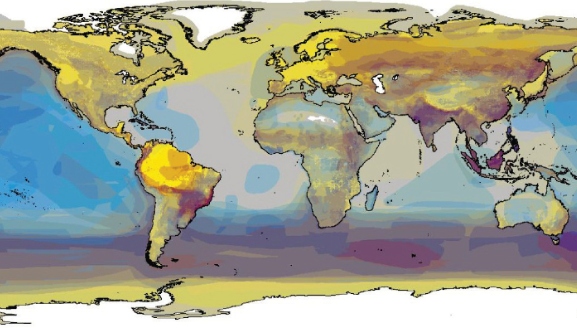
Identifying the World’s Most Climate Change Vulnerable Species: A Systematic Trait-Based Assessment of all Birds, Amphibians and Corals
Climate change will have dramatic effects on biodiversity but not all species will be affected in the same way. This is one of the first studies to identify species most at risk based on predicted change in climate and species’ biological traits at a global scale. It also highlights how ecological theory can be harnessed to inform policy.
Rachel Hertog, Associate Editor
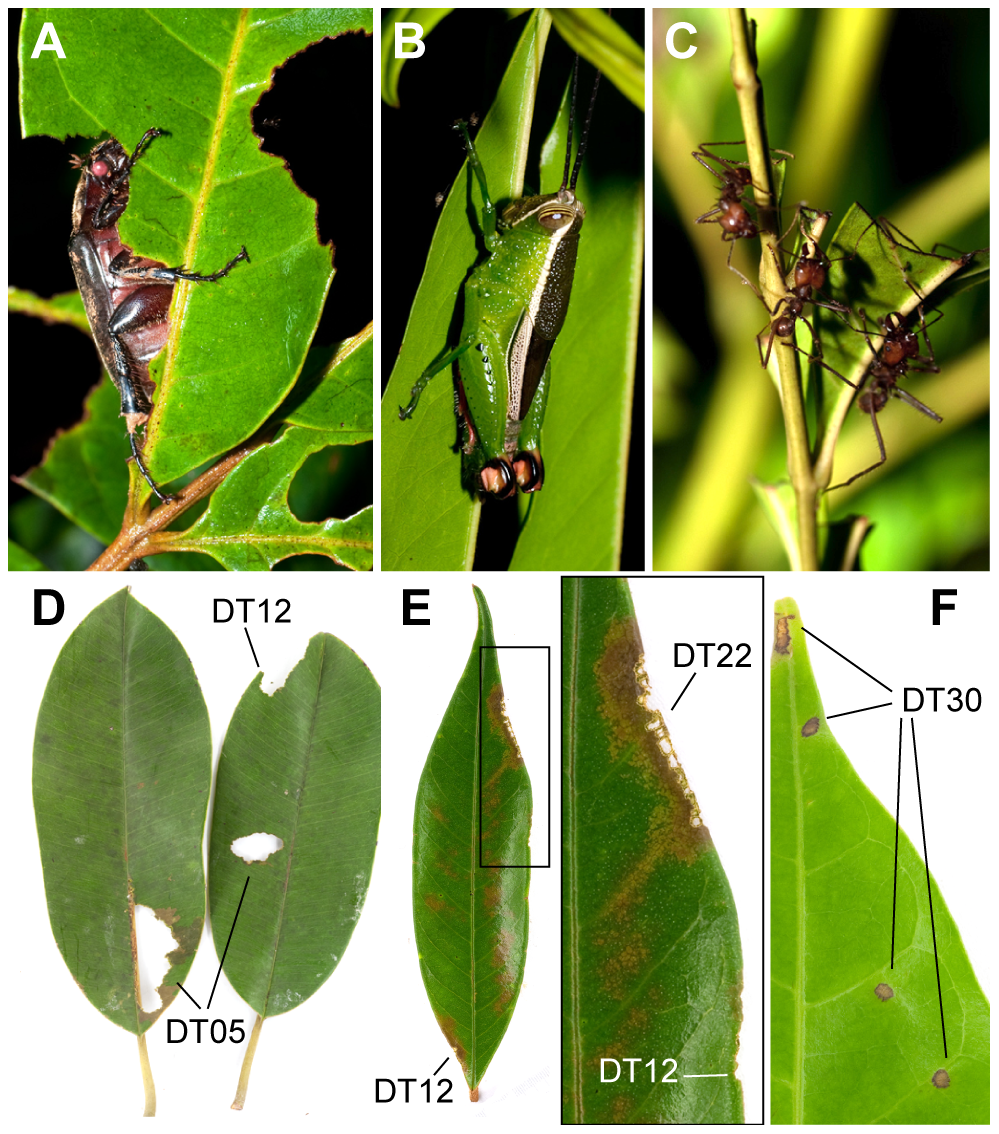
Insect Leaf-Chewing Damage Tracks Herbivore Richness in Modern and Ancient Forests
While body fossils are what come to mind when most people think about the fossil record, trace fossils such as footprints, burrows and bite marks are also valuable sources of information about ancient ecosystems. This nice study by Carvalho et al. looks at the relationship between leaf-chewing damage types (DTs) and damage maker richness and showed that damage can be used to infer insect richness in both modern and fossil forests.
Renee Hoch, Associate Editor

Early Antiretroviral Therapy Reduces AIDS Progression/Death in Individuals with Acute Opportunistic Infections: A Multicenter Randomized Strategy Trial
This clinical trial published in PLOS ONE asked an important clinical question and quickly became a landmark study for the infectious disease community. It directly impacted clinical practice guidelines and patient outcomes, and prompted several follow-up studies about the optimal timing of antiretroviral treatment in AIDS patients with opportunistic infections.
Helen Howard, Associate Editor
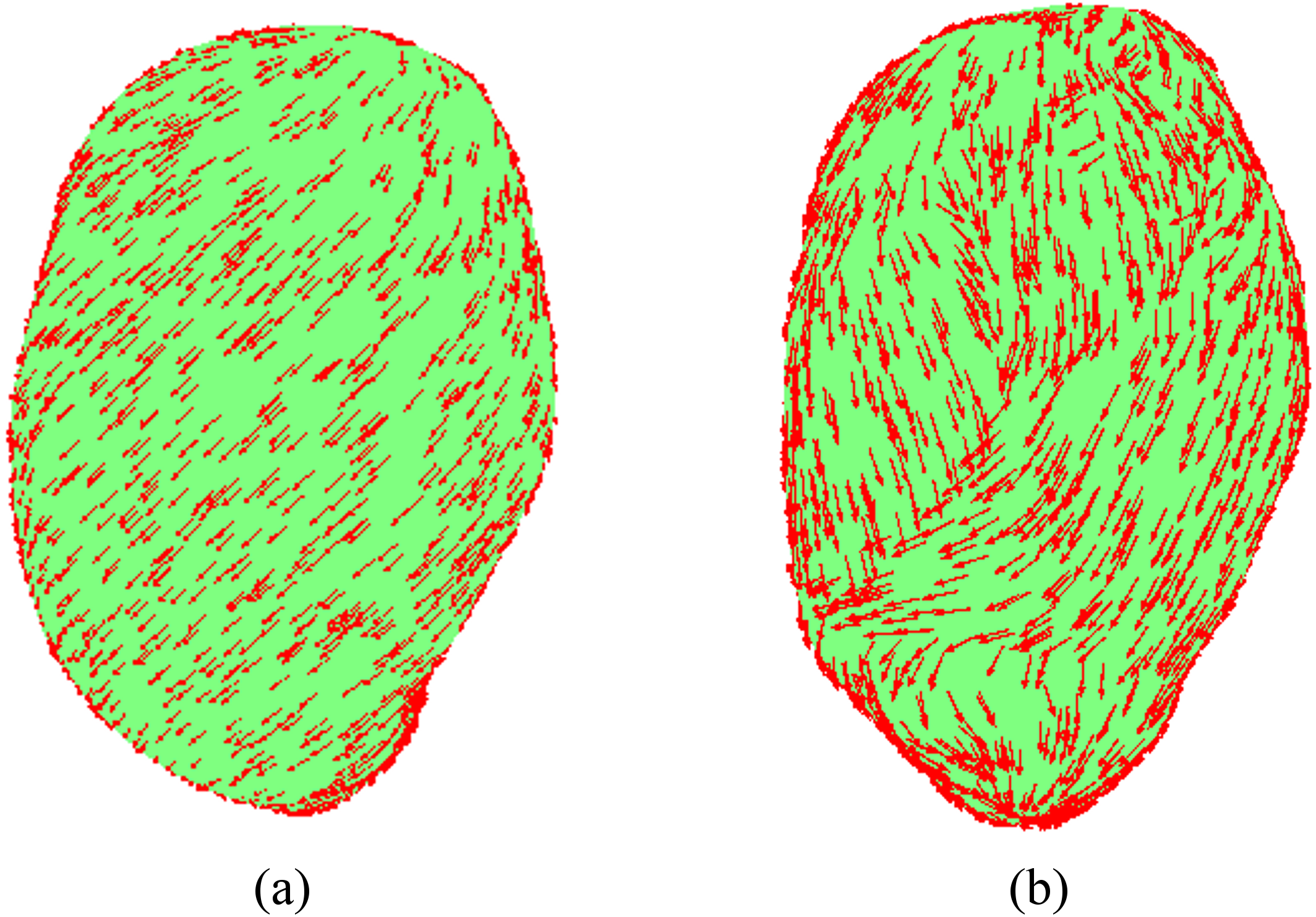
Modeling Magnetomyograms of Uterine Contractions during Pregnancy Using a Multiscale Forward Electromagnetic Approach
The authors present a mathematical model to mimic the mechanisms behind uterine contractions during pregnancy. I thought this was a really interesting study, and importantly, a better understanding of this topic will help to predict the onset of preterm labour.
Adya Misra, Associate Editor

Respiratory Chain Complexes in Dynamic Mitochondria Display a Patchy Distribution in Life Cells
This paper demonstrates the dynamic nature of the batteries of our cell, the mitochondria using live cell imaging. The exchange of mitochondrial DNA and proteins via “fission” and “fusion” is crucial for mitochondrial homeostasis and defects in these processes have been implicated in several neurodegenerative diseases, notably Parkinson’s disease and the less famous, Mitochondrial disease. The exchange of inner mitochondrial components is important for quality control and for the rescue of organelles that may be damaged due to inherited mutations, acquired genetic changes or oxidative stress.
Carla Pegoraro, Associate Editor

Are Isolated Indigenous Populations Headed toward Extinction?
This is an interesting paper looking at the growth of isolated indigenous populations and the possible policies to rescue them from imminent extinction.
Anna Simonin, Associate Editor
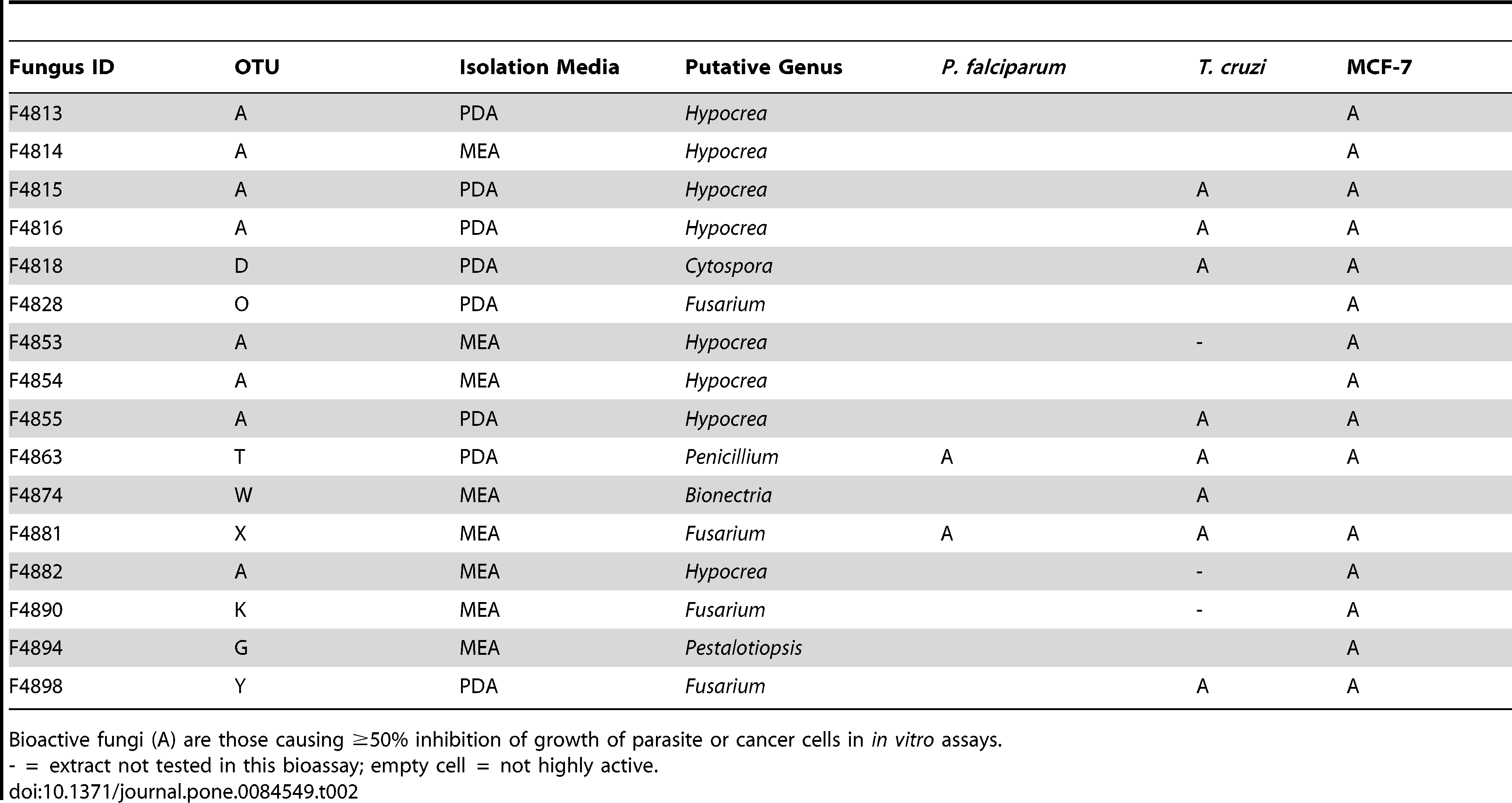
Sloth Hair as a Novel Source of Fungi with Potent Anti-Parasitic, Anti-Cancer and Anti-Bacterial Bioactivity
This is a really interesting paper highlighting the amazing biodiversity found in small and previously unstudied niches. It is a reminder of the importance of studying seemingly obscure fungal communities, conserving areas of rich biodiversity, and how microbes can benefit their hosts.
Nicola Stead, Associate Editor

SirT1 Regulates Energy Metabolism and Response to Caloric Restriction in Mice
Caloric restriction is known to increase lifespan in many animals and research in lower eukaryotes, such as yeast and fruit flies, had already shown that sirtuins played a key role in expanding lifespan under caloric restriction. When this paper was published, it was one of the first studies to show a similar dependence on sirtuins in mammals. By knocking out the mouse homologue of the yeast sirtuin, the authors showed that knockout mice were no longer responsive to caloric restriction.
Jenna Wilson, Associate Editor
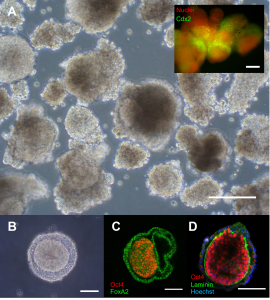
Reproducible, Ultra High-Throughput Formation of Multicellular Organization from Single Cell Suspension-Derived Human Embryonic Stem Cell Aggregates
This paper reported a new method for forming three-dimensional cellular aggregates in a high-throughput manner, enabling studies of cellular self-organization and behavior in a more physiologically-relevant microenvironment. The described technology has since been commercialized and is widely used by stem cell and cancer researchers. My PhD wouldn’t have been possible without it!
